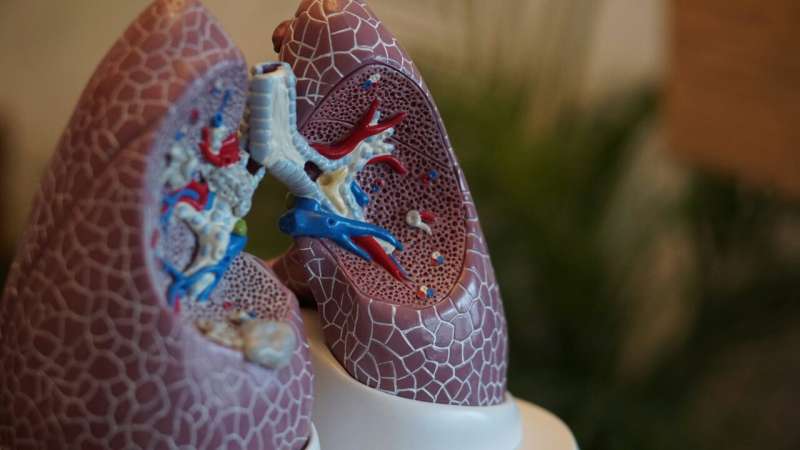Understanding the 'Kissing Bug' Disease and Its Risks in Texas

Kissing bugs can transmit Chagas disease, which is increasingly reported in Texas. Learn about transmission, symptoms, and prevention of this parasitic illness affecting millions globally.
Kissing bugs, small nocturnal insects that often bite around the mouth or eyes, are more than just a nuisance—they pose a significant health risk by transmitting Chagas disease, a parasitic illness affecting over 7 million people globally. Recent reports indicate that this disease is becoming more common in the United States, particularly in states like Texas, which has documented cases dating back to the 1930s. In fact, Texas has reported a total of 273 cases from 2013 to 2023, including some locally acquired infections.
Chagas disease is caused by the parasite Trypanosoma cruzi, which lives in the guts of kissing bugs. When these bugs feed on infected animals, the parasite multiplies and is shed through their feces. The danger arises when humans inadvertently rub infected feces into bite wounds, eyes, or mouths. Transmission can also occur via contaminated blood transfusions, organ transplants, from mother to child during pregnancy, or through consuming food or drinks contaminated with the parasite.
While most exposure occurs outdoors, kissing bugs are capable of entering homes, especially in warmer climates, where they seek shelter during the day and emerge at night to feed. Certain species found in North Texas are less efficient at transmitting the parasite, which may reduce individual risk, but the presence of these bugs indicates a potential for disease spread.
Infections often go unnoticed initially, as the acute phase might cause mild symptoms such as fever, fatigue, body aches, or eyelid swelling. Without treatment, the parasite can remain hidden in the body for years, causing long-term complications like heart or digestive system problems. Early diagnosis is crucial, and treatment options such as benznidazole or nifurtimox are most effective when administered during the initial phase of infection.
Awareness of the risk factors and transmission routes is vital for residents in Texas and other affected regions. Preventative measures include reducing indoor habitats for kissing bugs and seeking medical attention if bitten or exposed. Researchers continue to monitor the distribution of kissing bugs and associated diseases, emphasizing the importance of public awareness and early intervention.
This information is based on a recent report published in the Emerging Infectious Diseases journal. For more details, visit medicalxpress.com.
Stay Updated with Mia's Feed
Get the latest health & wellness insights delivered straight to your inbox.
Related Articles
Bronchoscopic Biopsy Techniques as Effective and Safer Alternatives to Percutaneous Methods for Lung Biomarker Testing
New guidelines show that bronchoscopic lung biopsy techniques are as effective as percutaneous methods for biomarker testing while offering greater safety, especially with modern navigational technology.
Link Between Circadian Clock Protein and Brain Aging: Implications for Neurodegenerative Diseases
New research unveils how targeting the circadian clock protein REV-ERBα can increase brain NAD+ levels and protect against neurodegenerative diseases like Alzheimer's. This breakthrough indicates promising therapeutic possibilities for brain aging and neurodegeneration.
New Insights Reveal Endometriosis Impacts Multiple Body Systems Beyond Reproductive Health
Recent research reveals that endometriosis affects not only the reproductive system but also disrupts autonomic nervous system functions, impacting blood pressure regulation and overall health in women.
Recall of Tuna Products in Seven States Due to Listeria Concerns
Several tuna products sold in seven states have been recalled due to Listeria contamination concerns, with no reported illnesses so far. Learn more about the safety measures and product details.



